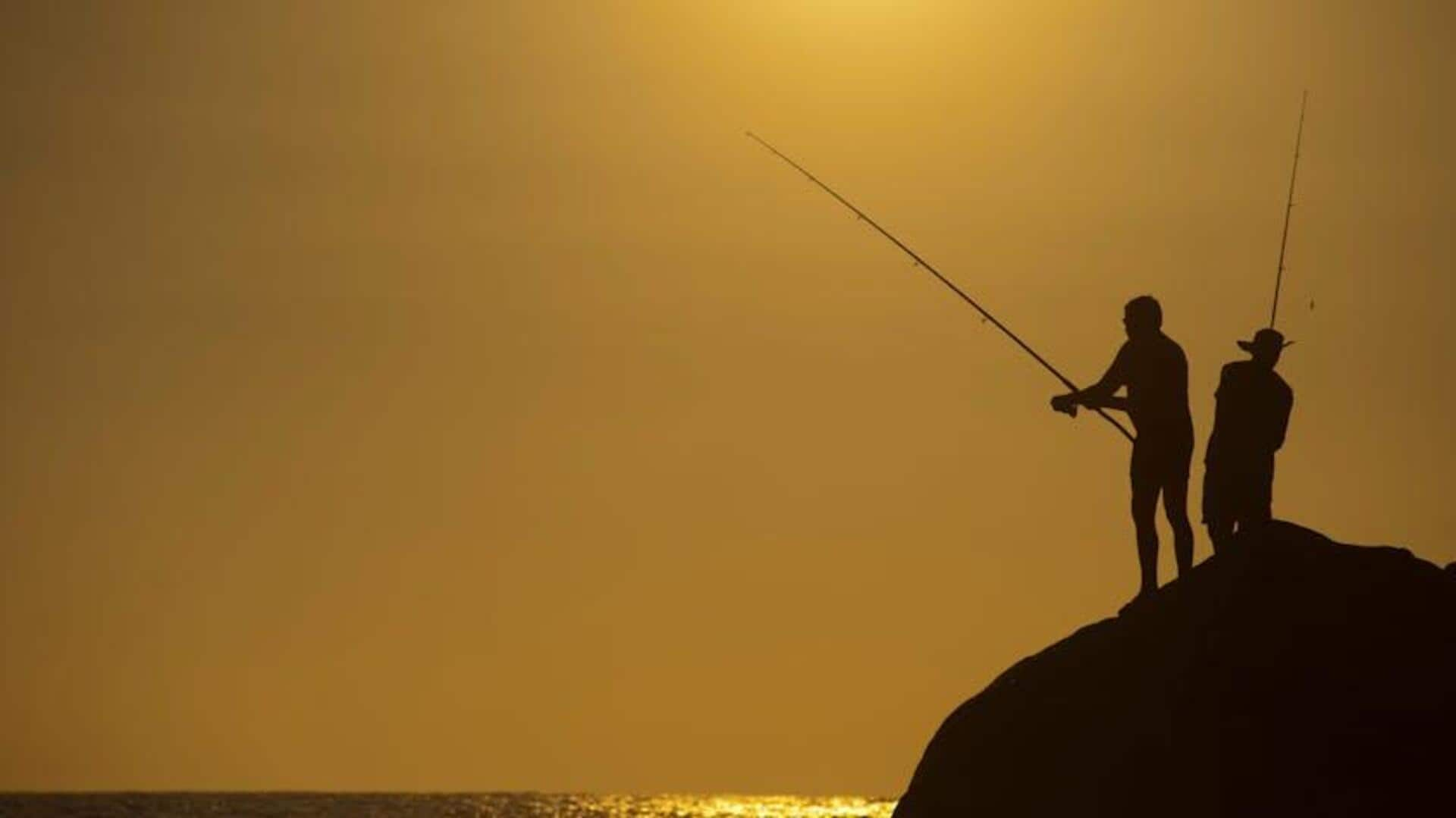
Interested in fishing? Here are some techniques in Africa
What's the story
Fishing is more than a hobby for millions across Africa - it's a lifeline for food and income. But keeping it affordable while ensuring sustainability has sparked some pretty cool low-cost innovations. These techniques are helping to protect marine ecosystems and support local livelihoods, all while keeping fish on the menu. Read on to discover some of the coolest budget-friendly and sustainable fishing methods being used across Africa.
Aggregating devices
Use of locally made fish aggregating devices
Fish aggregating devices (FADs) are basically objects placed in the water to draw fish toward them, making the fish easier to catch. In Africa, fishing communities are building their own low-cost FADs using locally available materials like bamboo, old nets, and coconut leaves. These eco-friendly alternatives to commercial FADs not only cut costs drastically but also help protect marine life by avoiding synthetic materials that can pollute the ocean.
Seasonal bans
Implementing closed seasons and areas
In a bid to let fish populations rebound and flourish, several African countries have established closed seasons and areas—specific times and places where fishing is temporarily off-limits. This approach gives fish a breather to reproduce and grow, all without the need for expensive policing efforts. Support for these bans is strong among local communities who see the long-term gains for their fisheries, highlighting a cost-effective pathway toward sustainable fishing.
Handline technique
Promoting traditional handline fishing
Handline fishing, one of the oldest methods globally and notably in Africa, involves a simple line with bait and hook - no fancy rods or reels needed. This technique enables selective fishing, drastically cutting bycatch (unwanted fish or marine creatures caught) and limiting harm to marine habitats. Cheap and sustainable, it encourages responsible fishing by focusing on specific species, preventing overfishing and fostering ecological harmony.
Community conservation
Encouraging community-led conservation efforts
In Africa, community-driven initiatives are achieving sustainable fishing on a budget. Locally devised rules and monitoring systems, set up by communities themselves, safeguard fisheries and ensure compliance through social pressure, eliminating the need for expensive external enforcement. By fostering a sense of ownership and stewardship over marine resources, these initiatives demonstrate a cost-effective approach to conservation.
Aquaculture integration
Adoption of integrated multi-trophic aquaculture (IMTA)
Integrated Multi-Trophic Aquaculture (IMTA) is a revolutionary approach that cultivates multiple species together, imitating natural ecosystems. For example, shellfish cultivated near fish farms naturally filter water, enhancing its quality and providing an additional revenue stream. This method not only minimizes environmental impacts but also increases productivity at reduced costs, establishing it as a sustainable option with lower investment compared to traditional aquaculture systems.